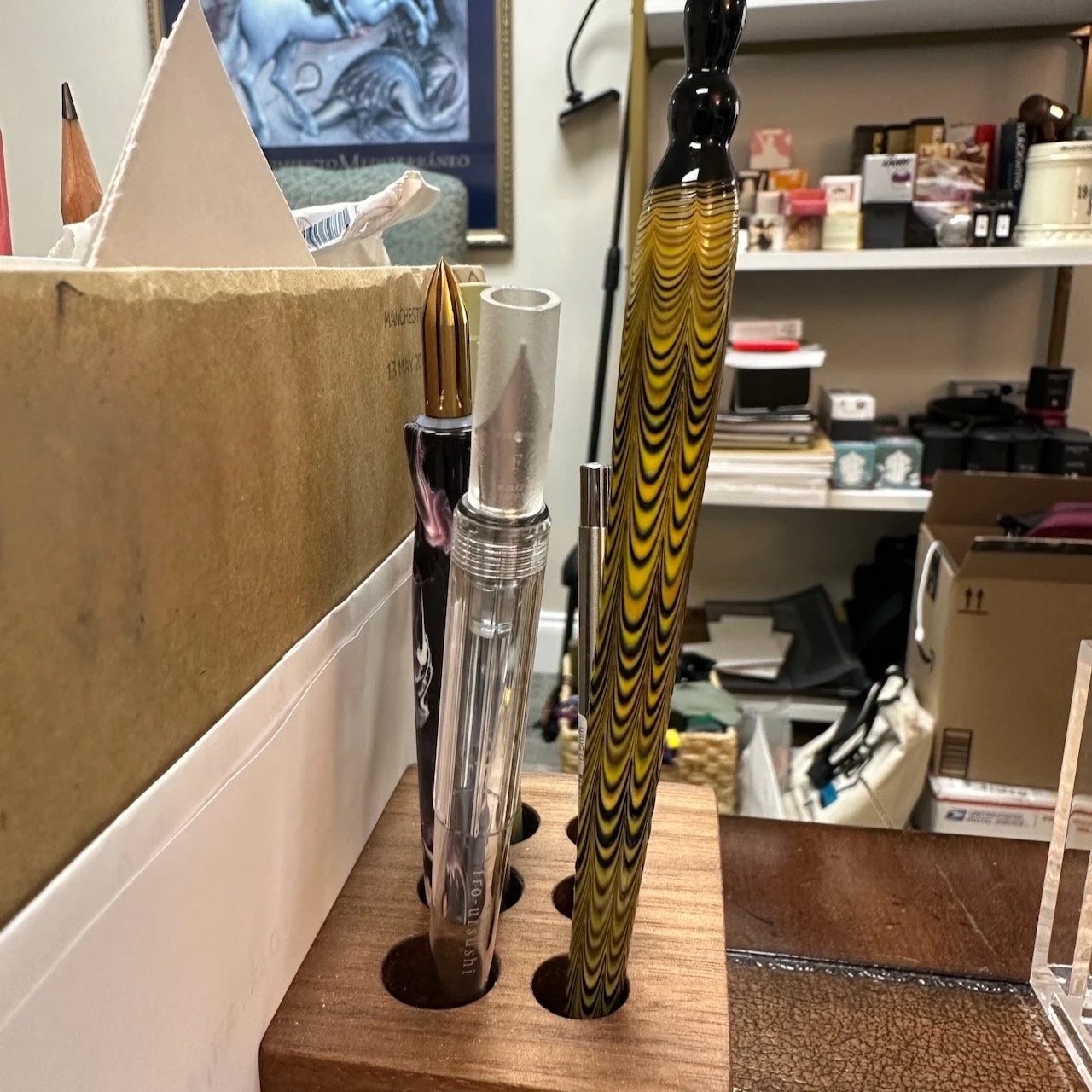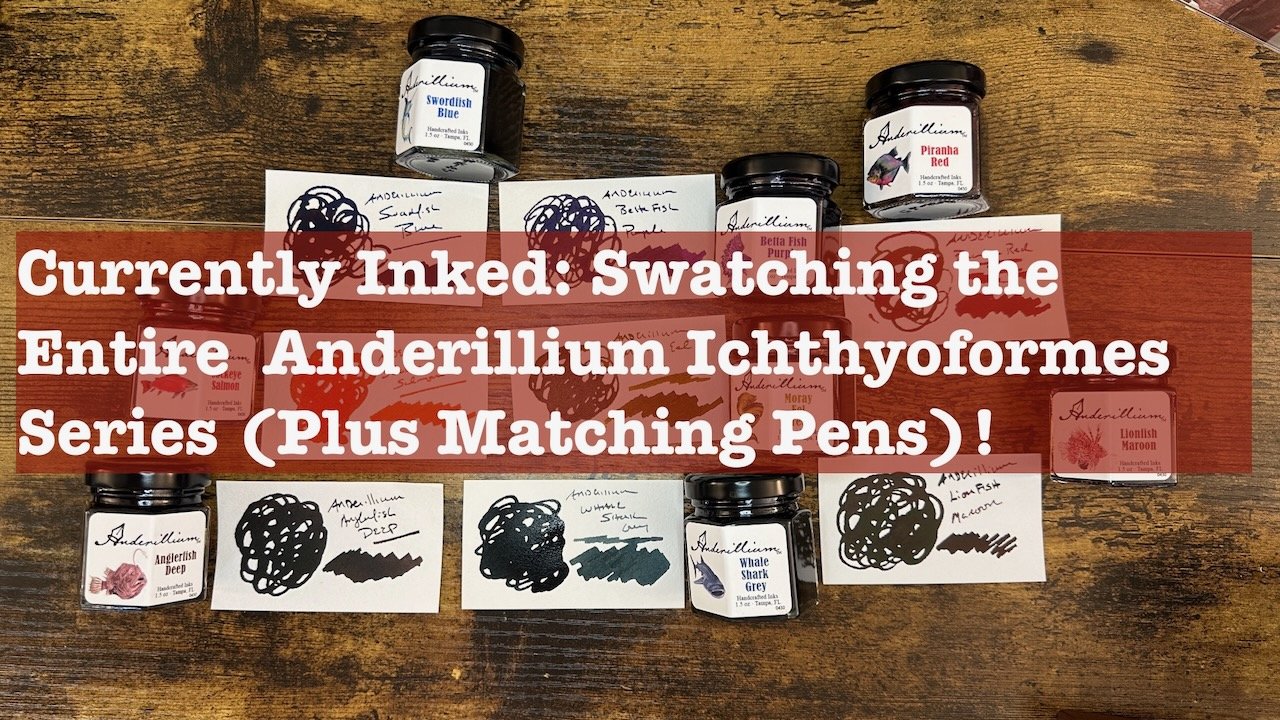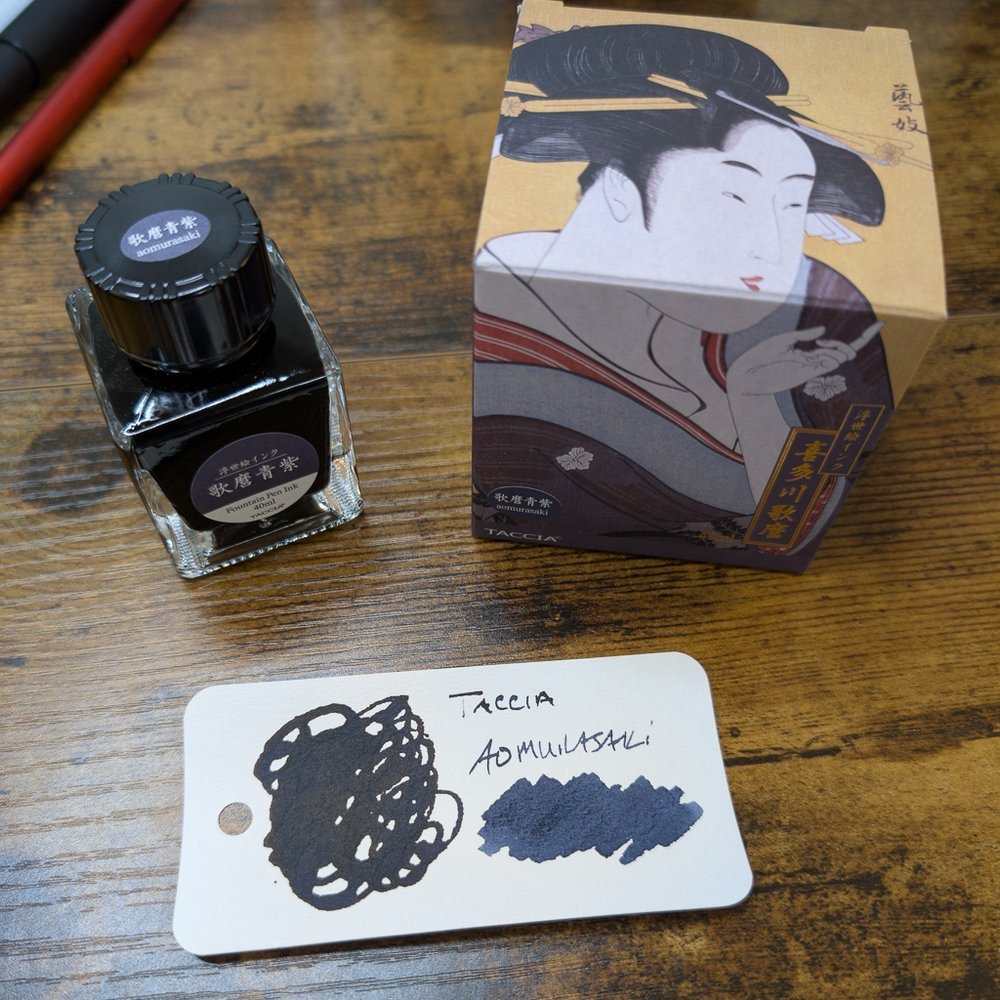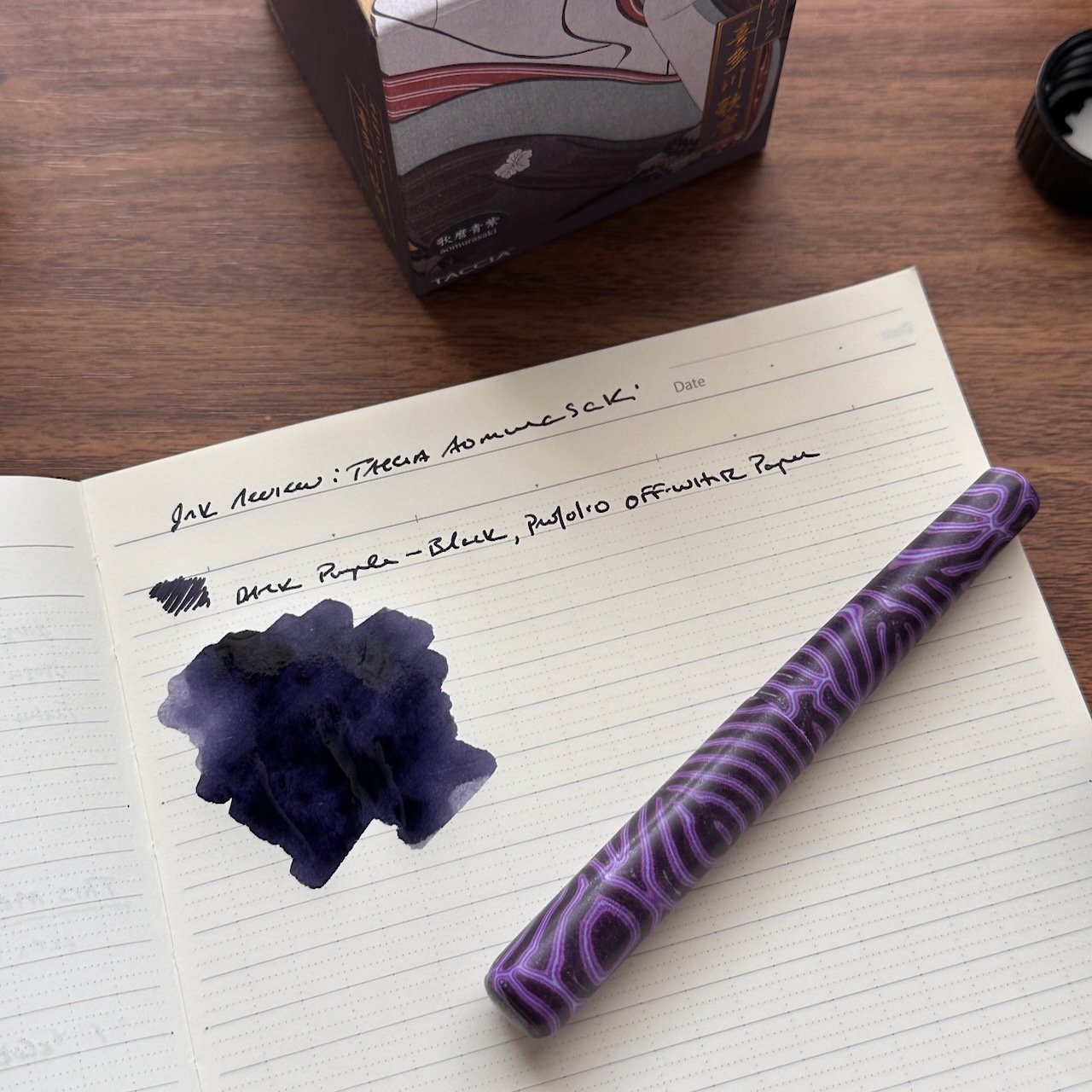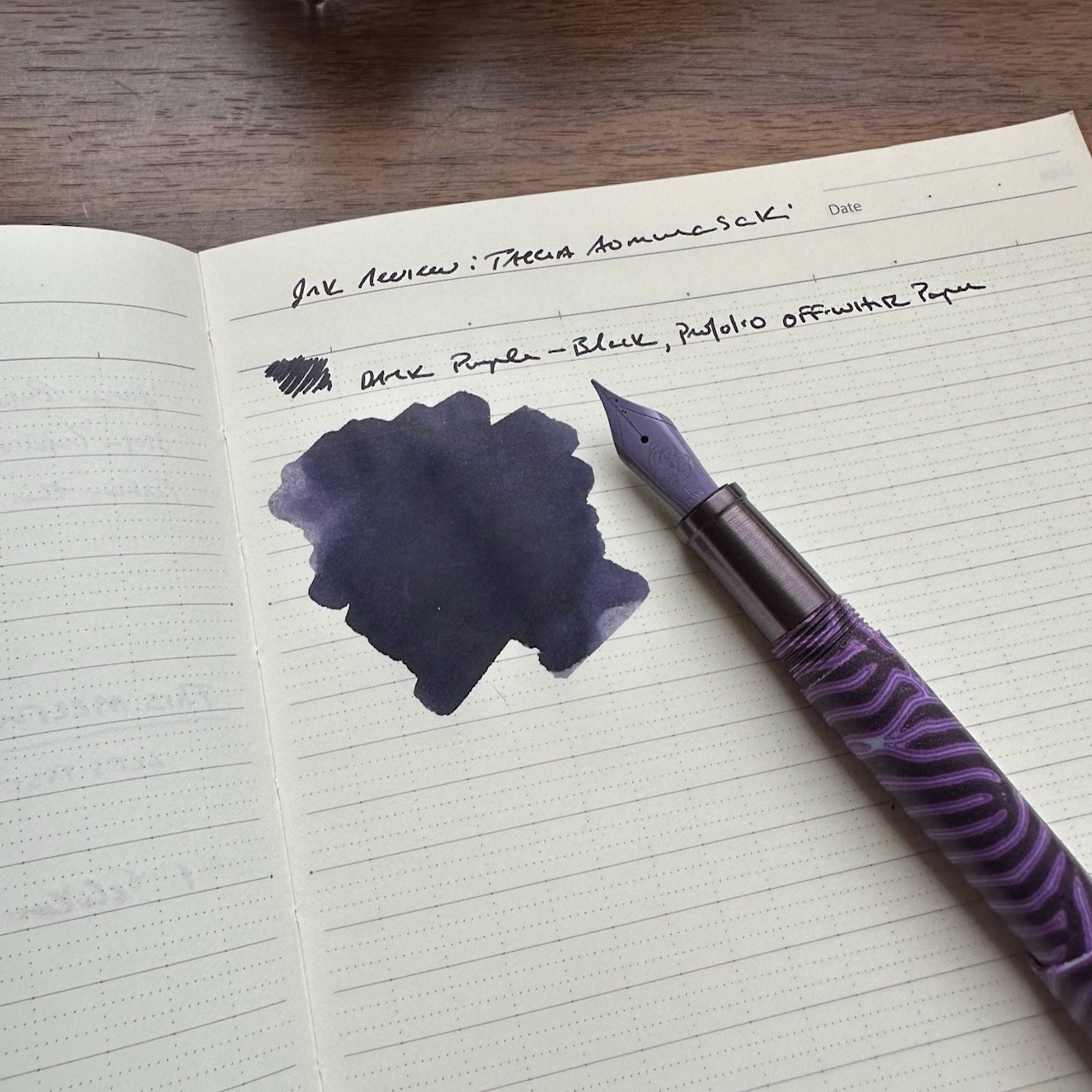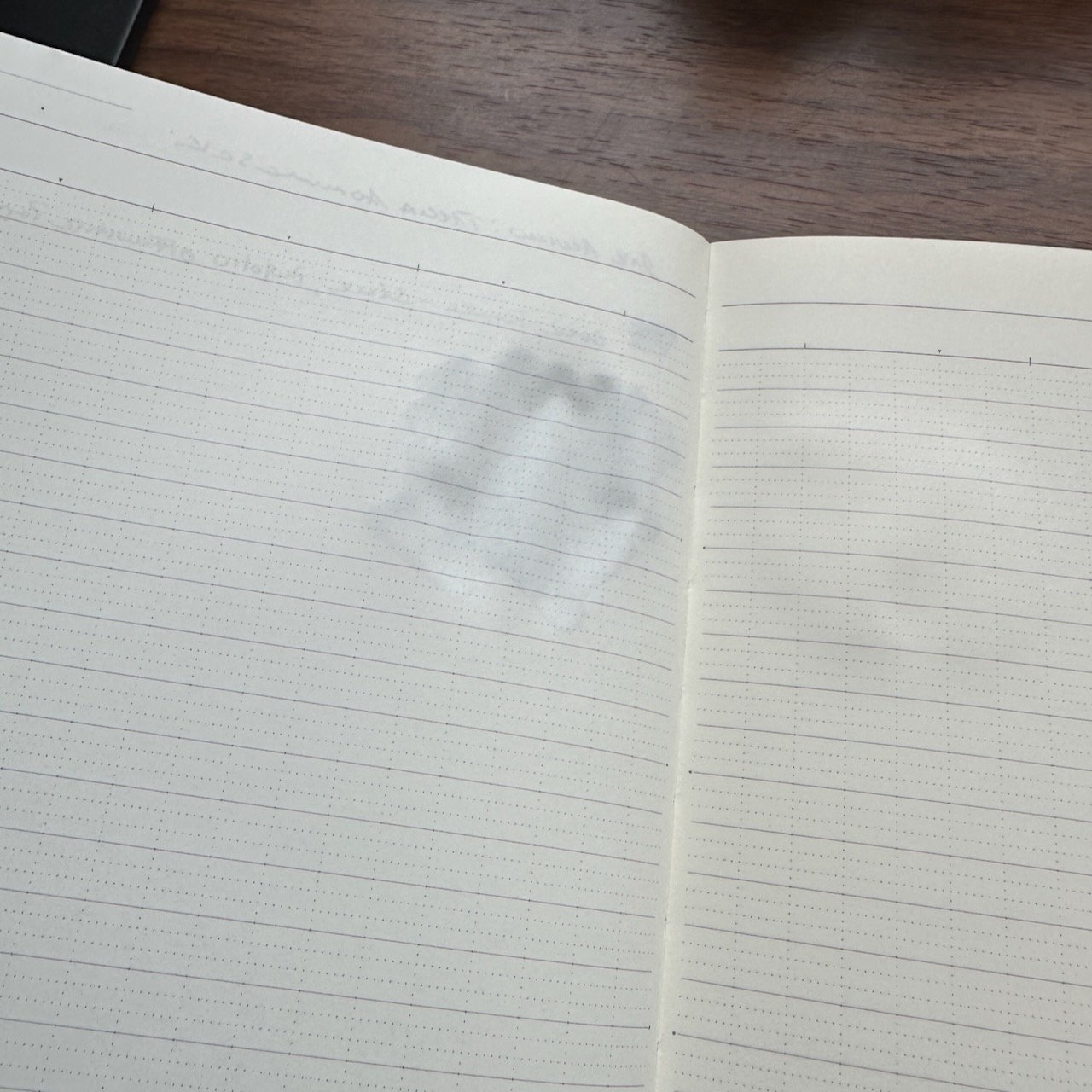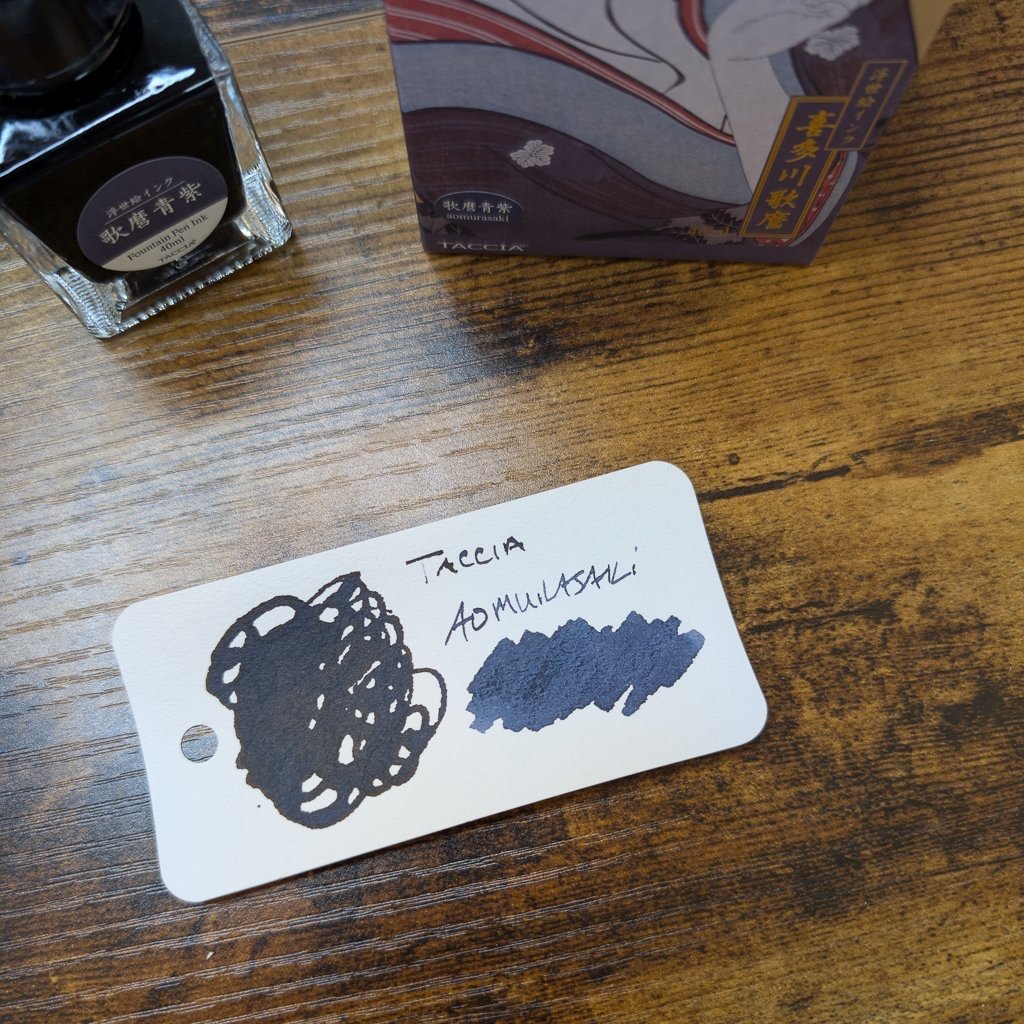Last year was the first year with two ink Advent calendars, and I chose to do weekly “five day” updates and pushed daily updates to Instagram stories for those interested in following along in real time. I plan to do the same for 2025! As with last year’s calendars, the Diamine Inkvent Calendar and Colorverse Colorvent calendars are both very different. The Inkvent Calendar is definitely more festive, with colors inspired by the holiday season and named accordingly. The Colorvent Calendar sticks to Colorverse’s general “universe” and “space” themes, so it’s not exactly festive but fans of Colorverse Ink will get exactly what they love about the brand: new colors with a consistent theme in their signature comet-shaped bottle. Each year, Diamine releases ALL of the Inkvent inks as a special line, so you can purchase them later, and last year Colorverse selected the Top 3 and added them to the standard lineup. If you missed out on these and still want to play along, we have one or two remaining Diamine Inkvent Calendars available, but Colorvent has been sold out for some time.
This Year’s Ink Swatching Kit: Glass Pen and Iroful swatch cards
This year’s Colorvent and Inkvent Swatch Kit: I’m using my Hanabi Glass Studio Glass Dip Pen that I picked up in D.C., along with Iroful Swatch Cards since I love how this paper shows off the ink.
Day One: Colorverse Colorvent Martian Dust and Diamine Inkvent Celestial Skies
So far, I think Day 1 is my favorite: Diamine Celestial Sky with sheen, shade, and shimmer, and Colorverse Martian Dust, which is a deep burgundy with some gold sheen.
Day Two: Colorverse Colorvent Apollon and Diamine Inkvent “Energy”
Day 2 featured the first “Super Sheener” as well as a really unique Colorverse Ink, “Apollon”.
Day 3: Diamine Inkvent Carousel (Pigmented) and Colorverse Colorvent Erebus Crater
One thing I do appreciate about the Diamine Inkvent Calendar is that it allows you to experience all of their inks across the line, including the new pigment inks. This one feels a bit too “paint like” for my taste, and was somewhat hard to clean off my glass pen. Erebus Crater is a gorgeous multi-shader.
Day 4: Colorverse Colorvent Milky Sea Glistening and Diamine Inkvent Smoky Tobacco (Scented)
Smoky Tobacco is not terrible as far as scented inks go, as those have traditionally been my least favorite. They’re just far too pungent for my taste. Milky Sea is an excellent Colorverse Glistening (Shimmer) ink.
Day 5: Colorverse Colorvent “Void” and Diamine Inkvent Marie Rose
Ok, so neither one of these would necessarily be considered a holiday ink to me (and certainly not “Void,” but as some have pointed out, it may not be entirely off-topic). :)
I will be adding to this series of posts throughout “Inkvent” season as I unbox more of the calendars. Stay tuned!
The Gentleman Stationer is supported by purchases from the T.G.S. Curated Shop and pledges via the T.G.S. Patreon Program. You can also come visit us and see any products we sell directly at our physical stationery store in Nashville, Tennessee! Also, please visit our Holiday Gift Guide page if you would like guidance on stationery-related gifting, and we’re also happy to discuss in-person.
